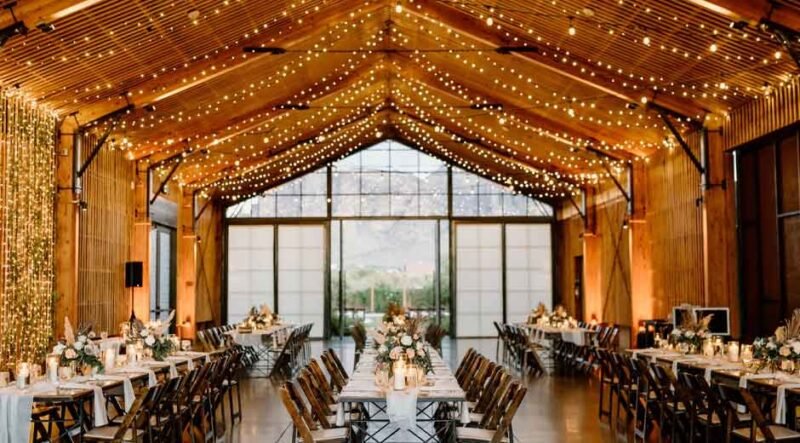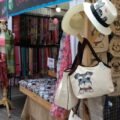
The ideal place to hold a wedding combines old-school charm with modern facilities. It may involve integrating old building elements with the most recent systems to create a functional and sensible event space. Here are some of the unique features to look for in a wedding venue:
Historic Mill Charm
An old mill environment with an industrial and vintage feel could be a photogenic location for a wedding. These structures may feature hardwood floors, open beams, and brick walls. The high windows also provide sufficient natural lighting, illuminating the structure and materials. There are different seating, display, and ritual arrangements in interior designs.
The design should have the capacity to accommodate various event requirements, including lighting rigs, sound systems, and stages. Old timber and iron fixtures give the surfaces various backgrounds for photography. Spatial dimensions allow guests, equipment, and staff to move freely. This building design provides an operating environment suitable for a variety of events and technical requirements.
Outdoor Surroundings Scenery
The ideal wedding venue might be a house situated near a river with an unobstructed view of the outdoor area. The bushes, trees, and paved avenues provide easy routes of movement to visitors and employees. Outdoor areas often feature planned designs, including seating, staging, and service areas. The proximity of water creates a distinctive visual effect that can be effectively applied in photography and videography.
The outdoor environment offers natural lighting that enhances visibility and minimizes the need for artificial lighting. Landscape elements that allow proper organization of event areas include stone bridges and open lawns. The landscape can be used in various ways, including processional walks, reception areas, and rest areas. This is an outdoor environment that is well-integrated with indoor facilities, allowing for the efficient planning of operations.
Controlled Indoor Climate
A complete climate control system should maintain a fixed temperature within the building during the event. The airflow control reduces humidity, allowing the decorative materials and equipment to remain in stable conditions. Heating systems are used to create a warm environment, even during the colder seasons.
The system minimizes the inconvenience caused by changes in weather, such as unpredictable hot or cold weather. The placement of equipment, such as the lighting and sound equipment, is controlled by ambient conditions. Such infrastructure makes sure that operations remain reliable throughout various seasons.
Flexible Interior Layout
The interior should have characteristics that make it simple to arrange various events, such as seated dinners, standing receptions, or mixed-use arrangements. There should be timber, brick, and metal surfaces that offer different visual backgrounds for documentation. Large windows allow natural light to enter the area, reducing the need for artificial lighting systems.
It should be easy to mount decor, signage, and audiovisual equipment on structural elements without much modification. The circulation spaces allow for the free movement of people, such as in dining, ceremony, and entertainment areas. Different angles can also be used by photographers, depending on the vantage points they have, like balconies or elevated platforms.
Book a Wedding Venue
The perfect wedding venue combines historic architecture, a natural setting, climate control, easy accessibility, and a versatile interior. Its features provide planners with foreseeable circumstances, and logistical advantages are particularly suitable for weddings and other related events. Both natural and built environments simplify operations and enhance the flexibility of various layouts. Contact a wedding venue today to begin preparing for your upcoming wedding or event.

